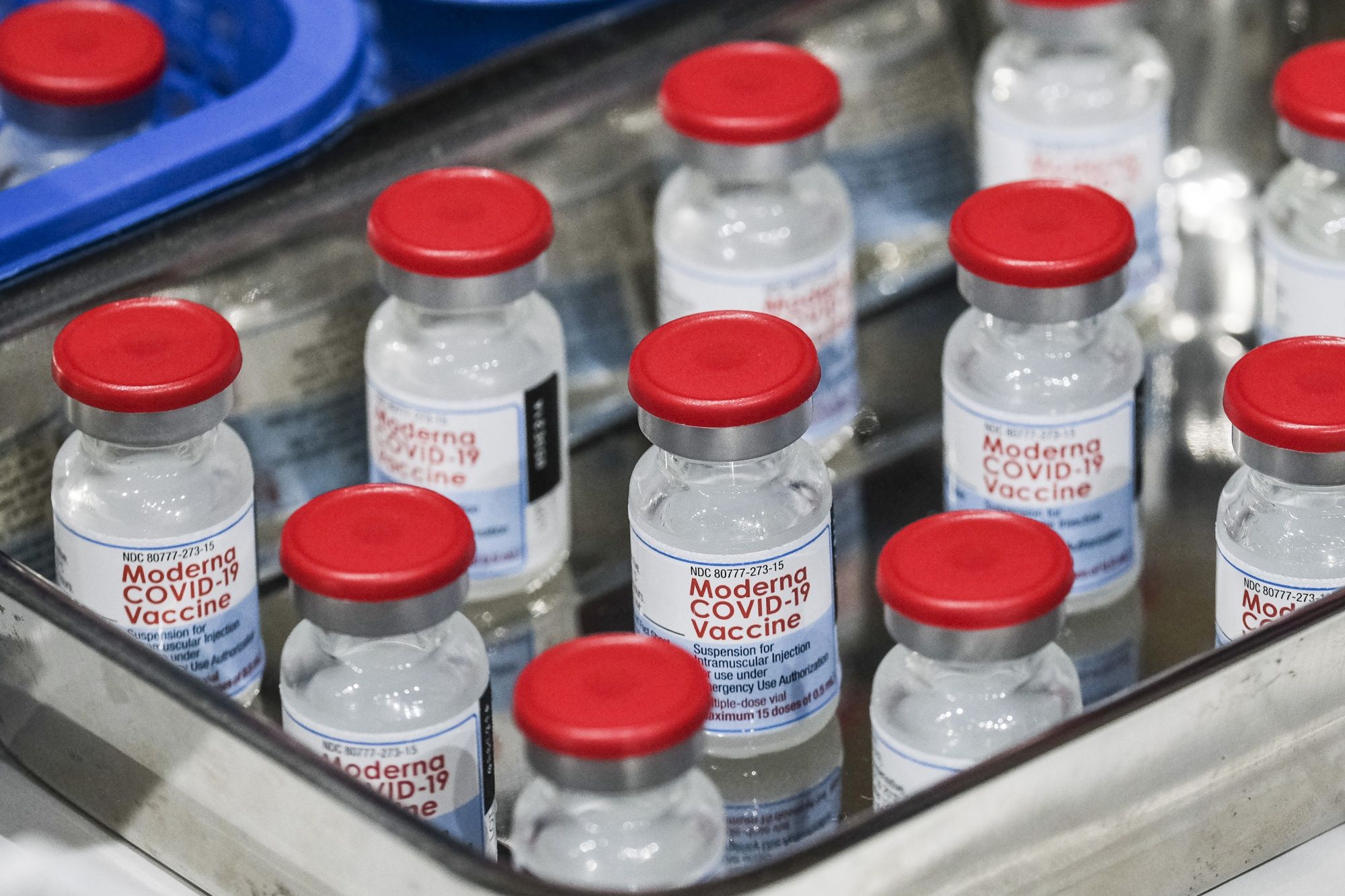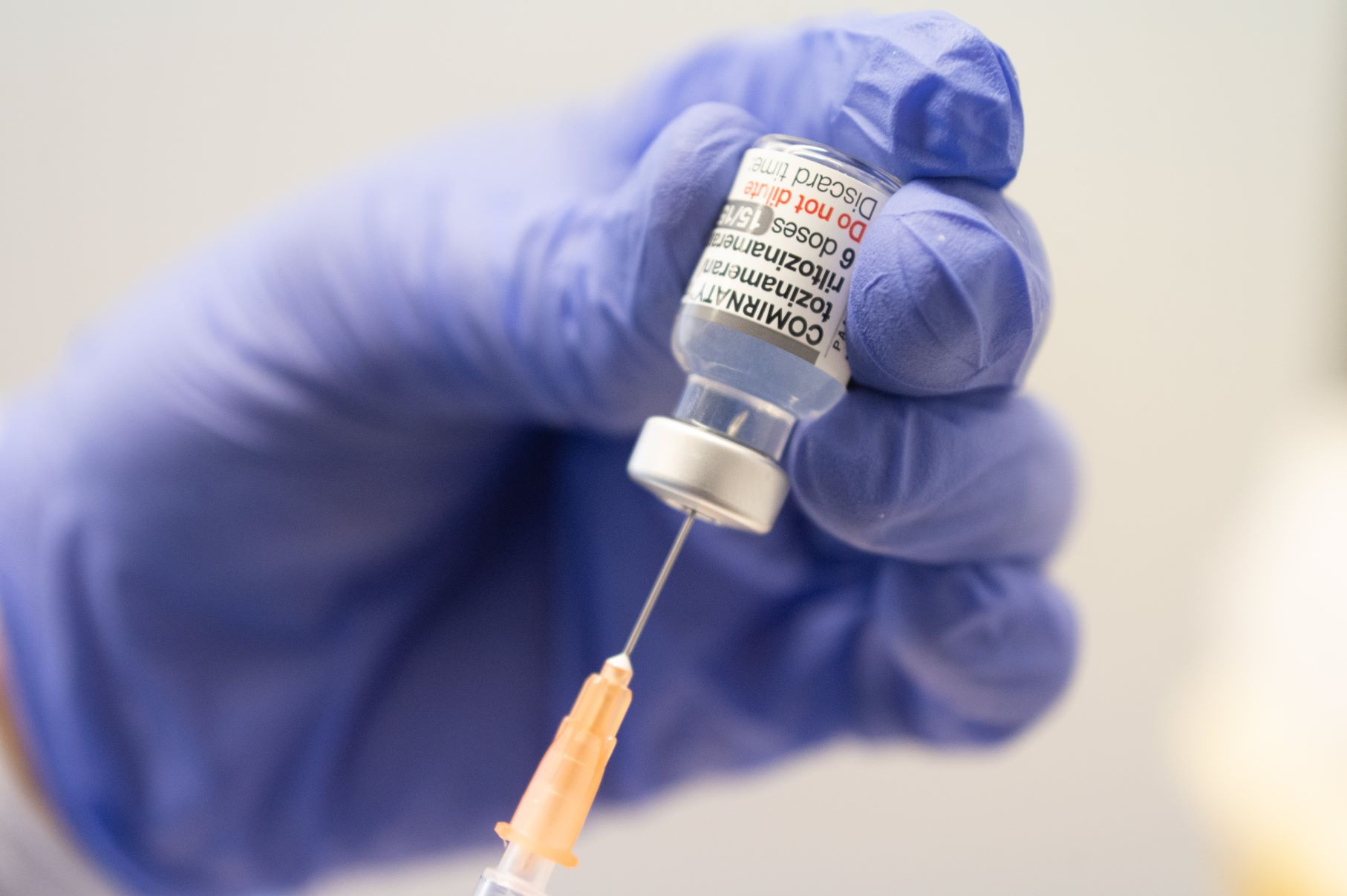Pfizer’s and Moderna’s boosters designed for the omicron variant have been found to reduce the risk of mild illness from the XBB family of subvariants compared to those who did not receive the shot, according to a study published Wednesday by the Centers for Disease Control and Prevention (CDC).
The CDC study marks the first assessment of the real-world effectiveness of omicron boosters against the XBB family of subvariants.
Some scientists have expressed concerns that these subvariants could precipitate another surge in Covid-19 cases due to their ability to evade antibodies that prevent infections.
For individuals aged 18 to 49, the omicron booster lowered the risk of mild illness from XBB subvariants by approximately 48% two to three months after vaccination. The effectiveness of the shots was observed to be 38% for those aged 50 to 64 and 42% for individuals aged 65 and older.
CDC officials, during a briefing with reporters, emphasized that these study findings are reassuring as individuals who received the boosters exhibited greater protection compared to those who did not.
They noted that while data on protection against severe illness is not yet available, it is expected to be higher.
“At the population level, it cuts your risk of symptomatic infection in about half,” said Dr. Ruth Link-Gelles, a CDC official and study author, referring to the 18 to 49 age group.
“From previous experience, vaccines generally provide better protection against more severe disease,” Link-Gelles added. “So, these estimates are for symptomatic infection, and we would anticipate similar estimates for hospitalization and mortality to be higher.”
The XBB.1.5 subvariant is rapidly becoming predominant in the U.S., currently accounting for approximately 49% of new Covid-19 cases nationwide.
Officials at the World Health Organization have described XBB.1.5 as the most transmissible version of the virus yet, although it lacks mutations suggesting increased severity compared to other subvariants.
Scientists have identified XBB.1.5 as highly adept at evading immunity and possessing mutations that enhance its binding to human cells.
Nevertheless, the CDC study indicates that the omicron boosters offer similar levels of protection against the XBB family as they do against the BA.5 variant and its descendants such as BQ.1 and BQ.1.1.

For instance, adults aged 18 to 49 who received the omicron booster experienced a 52% reduced risk of mild illness from BA.5 and its descendants, compared to a 48% reduced risk for the XBB family.
“We did not observe diminished vaccine protection against symptomatic illness for XBB and XBB.1.5 compared to these more recent BA.5 variants,” stated Dr. Brendan Jackson, head of the CDC’s Covid-19 response.
The study compared individuals who received the new booster with those who received between two to four doses of the original vaccine.
While the boosters target omicron BA.5 and the original strain of Covid-19 from Wuhan, China, the older shots only target the original strain.
Individuals who received only the original shots had their last dose approximately 13 months ago and demonstrated minimal protection against mild illness due to observed waning immunity with the older vaccines, Link-Gelles explained.
It remains premature to draw conclusions regarding the durability of protection provided by the omicron boosters over time.
“Even though protection against symptomatic infection may diminish over time, individuals are likely still protected against more severe disease for a longer duration,” Link-Gelles added.
The CDC study analyzed Covid-19 test results from about 29,000 people spanning December through January 13. During this period, the prevalence of XBB.1.5 increased from 2.4% to about 37% among cases.
Among the over 13,000 individuals who tested positive, 78% were infected with a BA.5-related subvariant and 22% with a XBB-related subvariant.
The study did not conduct detailed genomic analysis on every positive test sample to definitively identify the subvariant responsible for infection.
Instead, scientists utilized a characteristic in PCR testing to ascertain the likely variant causing the infection.
BA.5-related subvariants feature a mutation that deletes a gene on the virus spike, which is targeted by the tests, whereas XBB subvariants lack this deletion.
Detection of the gene indicates XBB, while its absence suggests a BA.5-related variant.
